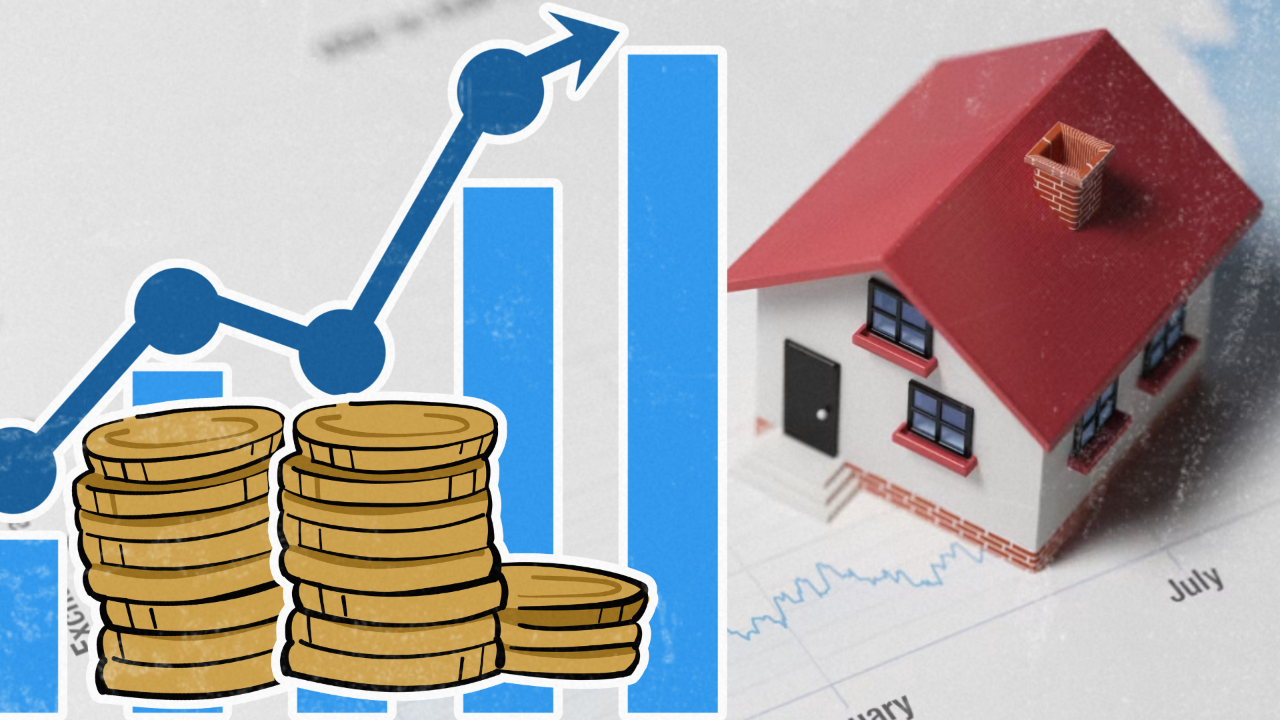Step-by-Step Fix-and-Flip Guide for Real Estate Success in 2025
Jan 13, 2025
Written by David Dodge
As we usher in the New Year, 2025, the real estate market continues to present lucrative opportunities for investors, particularly those interested in fix-and-flip deals. Dispositioning—the process of preparing and selling a property—is an essential part of the fix-and-flip strategy. With the right approach, you can maximize your profits while transforming distressed properties into desirable homes. Let’s dive into the steps to ensure your fix-and-flip projects are successful in the current market.
Understanding the 2025 Real Estate Market
The 2025 real estate market is characterized by rising demand for affordable housing, continued interest in suburban areas, and a growing preference for turnkey homes. With interest rates stabilizing after recent fluctuations, buyers are eager to find properties that offer both value and comfort. Investors who can deliver well-renovated, move-in-ready homes stand to gain the most.
Moreover, technological advancements and digital tools have made it easier to market properties effectively. Virtual staging, drone photography, and 3D tours are becoming industry standards. Keeping up with these trends will help you attract buyers and close deals faster.

Step 1: Find a Motivated Seller and Build Rapport
The first step in any fix-and-flip deal is finding a motivated seller. Look for homeowners facing financial difficulties, properties in probate, or homes that have been sitting vacant. Building a relationship with the seller is crucial—trust and understanding can make negotiations smoother and more productive.
Schedule an appointment to view the property, assess its condition, and make an offer. Once terms are agreed upon, secure the property by getting it under contract.
Step 2: Secure Financing to Acquire the Property
In 2025, there are multiple financing options for acquiring fix-and-flip properties. If you have the capital, you can purchase the property outright. However, many investors prefer leveraging funds through private lenders, hard money lenders, or even partnerships. This strategy allows you to conserve your own resources while scaling your investments.
Step 3: Renovate and Update the Property
Once you’ve acquired the property, it’s time to renovate. Hire a general contractor or manage subcontractors to handle various aspects of the renovation. Key improvements often include updating kitchens and bathrooms, repairing structural issues, painting, and landscaping.
Remember, buyers in 2025 prioritize energy efficiency and smart home features. Consider installing energy-efficient appliances, LED lighting, and smart thermostats to make your property more appealing. Always aim to make the home clean, safe, and visually stunning.
Step 4: Capture High-Quality Photos and Utilize Virtual Staging
Presentation is everything when selling a home. Once your renovations are complete, hire a professional photographer to take high-quality images. Bright, clean, and inviting photos are essential to capturing buyers’ attention online.
If you decide not to physically stage the property, virtual staging is a cost-effective alternative. This technology allows you to digitally furnish the home, giving buyers a clear vision of the space’s potential.
Step 5: List the Property on the MLS
Work with a licensed real estate agent or broker to list your property on the Multiple Listing Service (MLS). If you’re licensed, you can handle this step yourself. Write a compelling property description that highlights the home’s best features, such as proximity to amenities, energy-efficient upgrades, or unique design elements. Use descriptive language to paint a picture of the lifestyle the home offers.
Step 6: Market the Property Effectively
In the 2025 market, digital marketing is key. Leverage social media platforms, real estate websites, and even targeted ads to reach potential buyers. Virtual tours and drone footage can also give buyers a comprehensive view of the property.
Holding open houses remains a powerful strategy for creating buzz. These events allow prospective buyers to experience the home’s ambiance firsthand. Network with attendees to build relationships that could lead to future opportunities.
Step 7: Handle Offers and Negotiations
Once offers start coming in, review them carefully. You can accept, counter, or decline offers based on your goals. If the buyer requests an inspection and issues arise, you have two options:
- Address the issues by making repairs.
- Offer a seller concession, reducing the price to account for the needed repairs.
Flexibility and clear communication are essential during this stage to keep the deal on track.
Step 8: Close the Deal
After negotiations, proceed to closing. The title company will handle the paperwork, including the transfer of the deed. Once the transaction is complete, you’ll receive your payment, pay off any lenders, and celebrate your success.
The Fun of Fix-and-Flipping
Dispositioning is not just a process; it’s an opportunity to showcase your creativity and business acumen. Transforming a distressed property into a beautiful, functional home is incredibly rewarding. It’s also a chance to positively impact neighborhoods by increasing property values and enhancing the community’s aesthetic appeal.
Leveraging Others for Success
Fix-and-flipping doesn’t have to be a solo endeavor. Throughout the process, you can rely on private lenders, contractors, photographers, cleaning services, and real estate professionals. By outsourcing tasks, you can focus on managing the project and strategizing your next investment.
A Real-World Success Story
"Last week, I completed a fix-and-flip project that generated a profit of $80,000–90,000. The entire process took four months, and I only visited the property seven times. By leveraging a team of experts and following the steps outlined above, I achieved exceptional results with minimal stress. - David Alan Dodge"
Conclusion
The 2025 real estate market offers abundant opportunities for investors willing to put in the work. By understanding the dispositioning process and adapting to market trends, you can turn distressed properties into profitable investments. From finding motivated sellers to closing the deal, every step is an opportunity to learn, grow, and succeed.
Whether you’re new to fix-and-flipping or a seasoned investor, remember to keep it simple and stay focused. Here’s to a profitable and rewarding 2025 in real estate!








